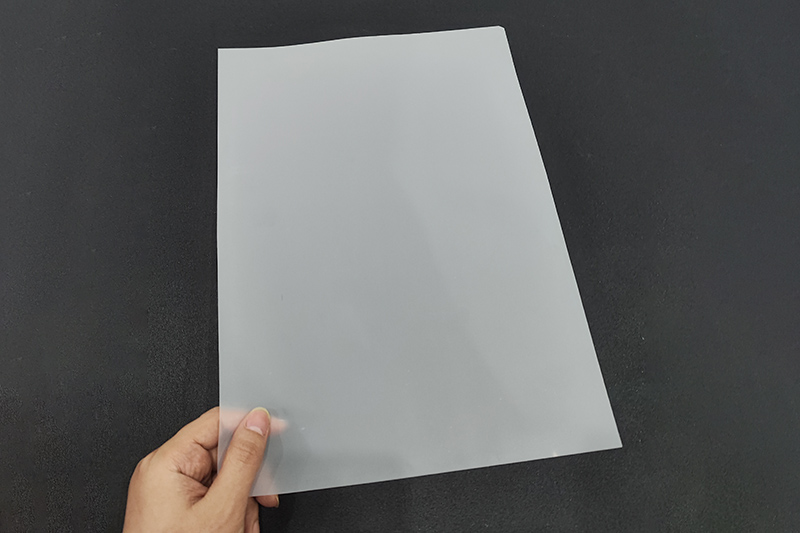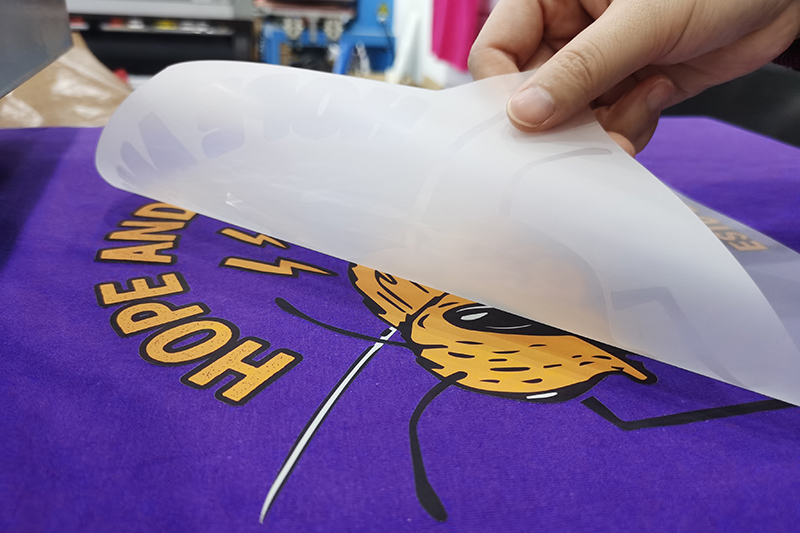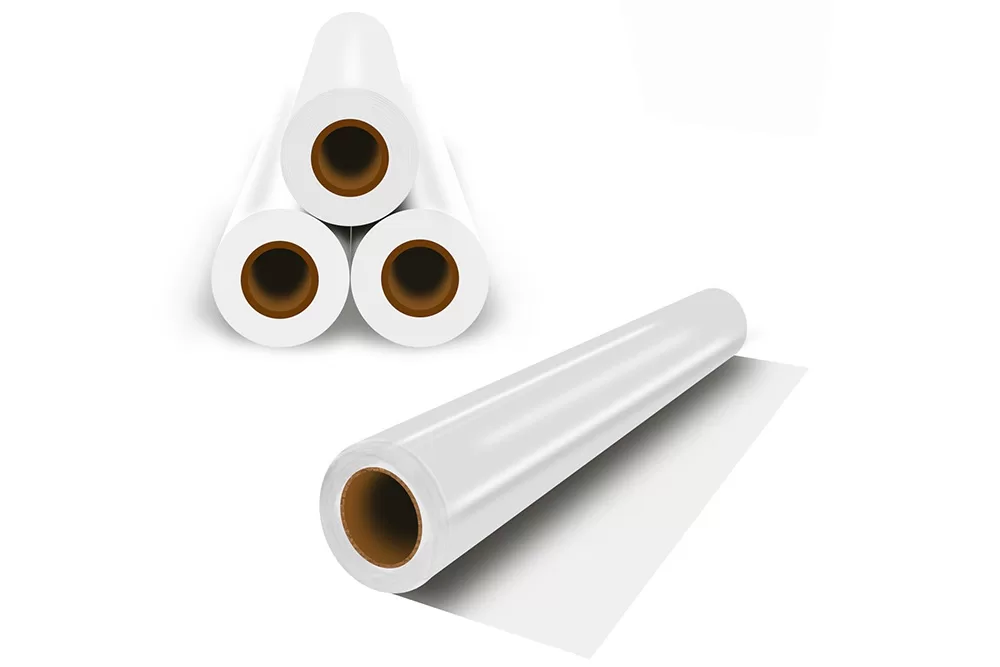Reliable Film for DTF Production
Kenteer’s DTF transfer film roll 88715A is designed for efficient and clean fabric transfers. Built from top-grade PET, it meets industrial printing needs with stable performance and consistent results.
Built with Durable PET Material
The film is crafted from high-quality PET to ensure durability. Its smooth surface allows excellent ink absorption. This makes it suitable for heavy-duty use in textile printing material operations.
Perfect for Multiple Applications
The 88715A is used in T-shirt, hoodie, and garment production. It’s ideal for custom fashion, uniforms, or small-batch textile orders. The OEM heat transfer film can be applied in both small workshops and mass-production factories.
Sizes for All Business Needs
This PET film supplier offers four sizes: 30cm, 60cm, A3, and A4. These meet different printer setups and job scales. No trimming is needed, reducing preparation time.
Fast and Smooth Heat Transfer
The transfer takes only 6 to 15 seconds. The recommended temperature is between 130–160°C. These quick settings help increase daily output, especially in B2B garment production lines.
Clean Peeling Design
The film is engineered for cool peeling. Once transferred, it cools quickly and peels easily. This helps protect delicate prints and ensures a flawless finish.
Stable Surface and Release Power
With a surface tension of ≥28 dyn/cm, the film offers great ink control. The release force is as low as 0.002N/inch. That means smooth removal with no sticky residue or damage to graphics.
OEM & ODM Services Available
As an OEM heat transfer film supplier, Kenteer supports private label services. Clients can request customized packaging and product adjustments. Perfect for scaling up private B2B brand production.
Try Before You Buy
Kenteer offers free samples for quality testing. This helps clients evaluate product results before bulk ordering. It reduces purchase risk and builds long-term confidence.
Made in China, Shipped Worldwide
Kenteer’s factory is based in Fujian, China. As a DTF transfer film roll manufacturer, the brand serves partners globally. With strong supply chains, orders are delivered efficiently and on time.
Partner with a Trusted Brand
Over the years, Kenteer has grown as a reliable PET film supplier. Its consistent quality, flexible service, and great customer support make it a favorite in global textile markets.





